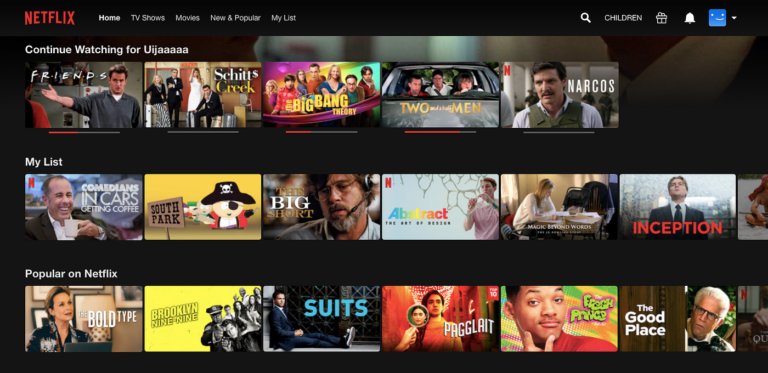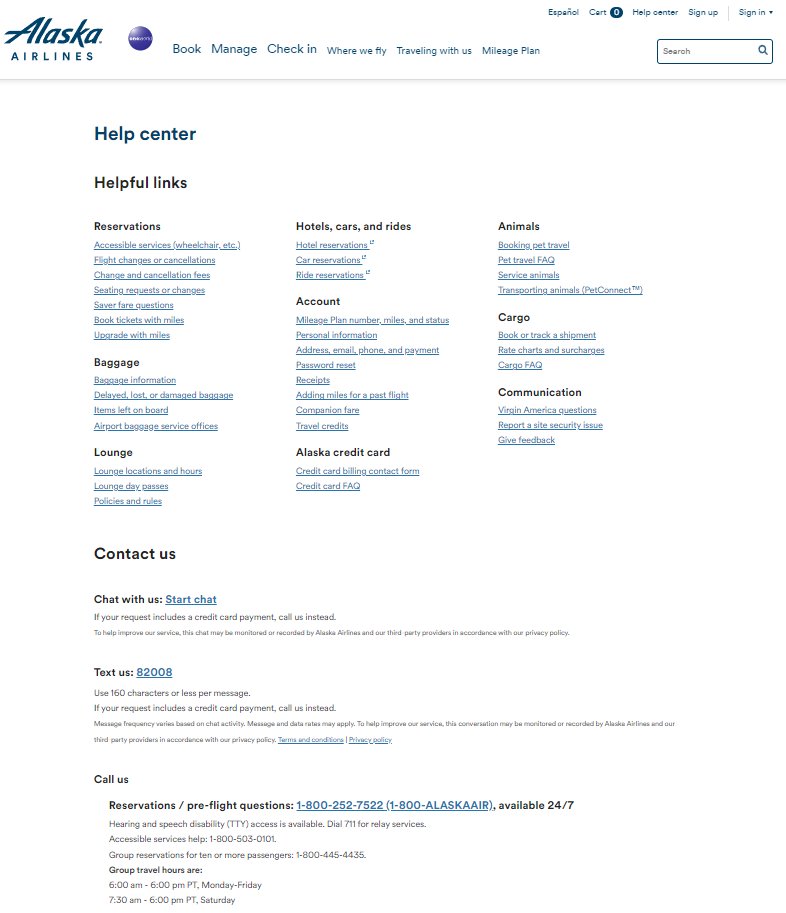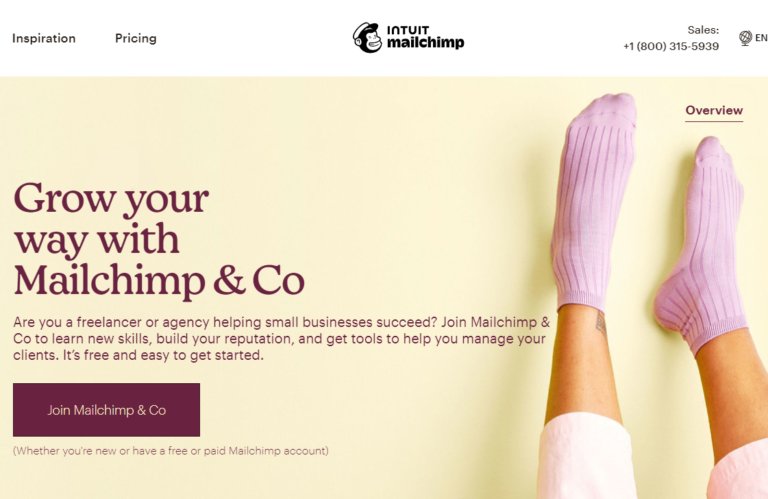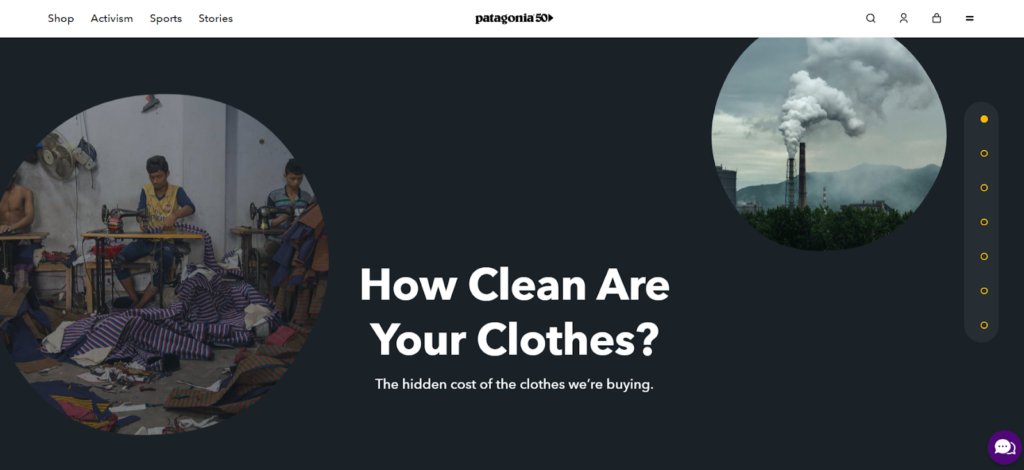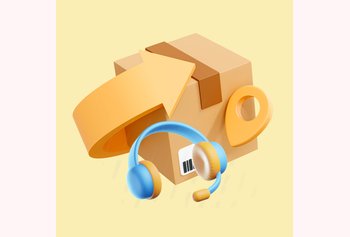11 Customer Retention Strategies you shouldn’t overlook in 2025

Table of contents
In the immersive realm of the ‘experience economy’, businesses don’t just sell products or services – they craft unforgettable experiences that leave customers coming back for more.
Imagine a customer walking into your store and being greeted by friendly and knowledgeable staff who can anticipate their needs.
Your store is alive with interactive displays and engages your customer in a memorable experience (no friction at any point in the customer journey). Then, their purchase becomes more than just a transaction; it becomes an experience they can’t wait to share with others.
For you to thrive in this experience economy, you need to leverage customer experience retention strategies to fuel loyalty and profitability. Focusing on CX retention creates a competitive edge, fosters feedback, and builds trusted customer relationships for brand advocacy.
Table of Contents
- 1. Proactive Customer Service
- 2.Personalized Customer Experiences
- 3. Omnichannel Integration
- 4. Continuous Feedback and Improvement
- 5. Customer Loyalty Programs and Exclusive Benefits
- 6. Seamless Cross-Channel Experiences
- 7. Social Responsibility and Sustainability
- 8. Community Building and User-generated Content
- 9. Emotional Recovery and Service Recovery
- 10. Continuous Employee Training and Development:
- 11. Customer Success Programs
- Unlocking Revenue Potential through CX Retention Strategies
To this effect, here’s a list of 11 customer retention marketing strategies that you might want to consider implementing this year:
1. Proactive Customer Service
By analyzing customer behavior, businesses can anticipate needs and address issues before they occur and reduce customer churn. Here are a few ways you can increase your customer lifetime value with proactive customer support:
- Proactively communicate important updates or information: Notify customers in advance about upcoming changes to products, services, or policies that may affect them.
- Initiate customer outreach by actively offering support or assistance: Contact customers who have recently made a purchase to ensure they are satisfied with their experience and offer assistance if needed.
- Continuously gather and analyze customer feedback to identify areas for improvement: Regularly collect feedback through surveys, reviews, or feedback forms to understand customer pain points and take proactive steps to solve them. We’ve addressed this at a later point.
- Offer proactive guidance to help customers maximize product or service benefits: Provide tutorials, tips, or webinars to educate customers on how to get the most out of their purchases and offer proactive assistance in overcoming any challenges they may encounter.
- Providing value-added content or resources: Send newsletters, industry insights, or relevant content that provides value to customers beyond just promotional messages, fostering a long-term relationship based on trust and engagement
Hiver’s 24×7 customer support team, for instance, goes above and beyond to deliver empathetic, prompt, and effective assistance. The proof is in the numbers:
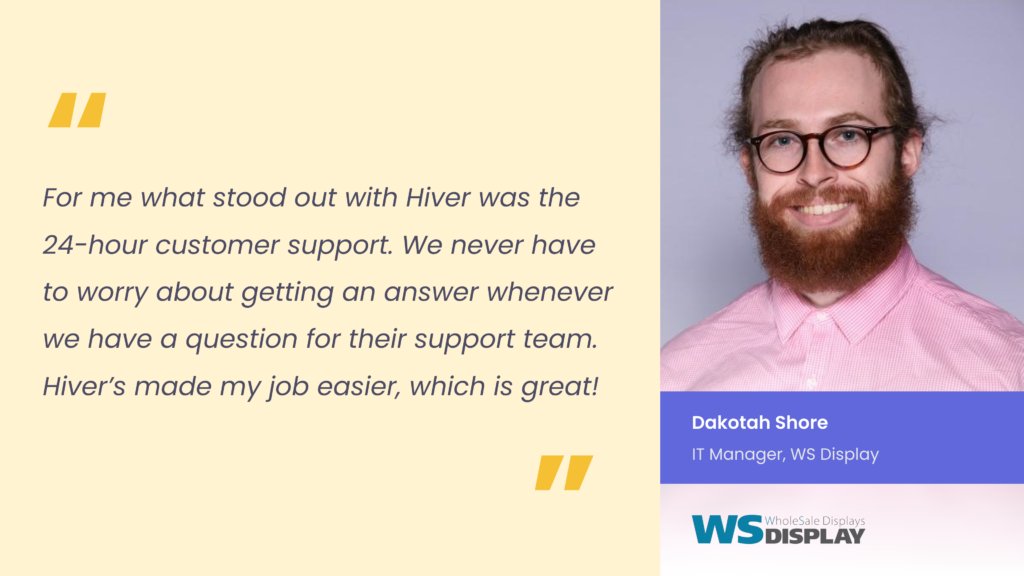
- A 95% CSAT rating (ahead of the 92% industry average)
- A first-call-resolution of 88% (far exceeding the industry average of 40%)
- An average chat response time of 13 seconds (3x more than the industry average)
2.Personalized Customer Experiences
Hyper-personalization extends beyond marketing efforts. It permeates all customer touchpoints, from website experiences and product recommendations to customer service interactions. It creates a sense of exclusivity and relevance, fostering stronger connections with customers and enhancing their overall experience.
For example, Spotify and Netflix exemplify personalized content. Spotify creates curated playlists based on users’ listening history, while Netflix offers personalized TV shows and movies based on individual preferences.
Here are a few ways to personalize customer experiences:
- Gather and leverage customer data: Collect relevant data such as purchase history, preferences, and browsing behavior to understand individual customer needs and preferences.
Use chatbot automation to analyze customer data and recommend personalized product suggestions or tailor marketing campaigns based on specific customer interests.
- Utilize customer segmentation: Divide your customer base into segments based on demographics, behaviors, or preferences, and create customized experiences for each segment.
Send targeted email campaigns to specific customer segments, providing them with content and offers that align with their interests. You can leverage AB testing to identify which works well and which not works.
- Offer personalized account-based support: Train customer support agents to provide individualized assistance, addressing customers by name and tailoring solutions to their specific needs.
Assign a dedicated account manager to each customer, serving as their single point of contact for all inquiries and assistance. The account manager develops an in-depth understanding of the customer’s specific needs, preferences, and challenges, ensuring a highly personalized and tailored support experience.
- Enable self-service personalization: Provide customers with options to personalize their own experiences, such as account preferences, saved preferences, or customization features.
Allow customers to save their favorite products, customize their user interface, or set preferences for relevant notifications.
- Incorporate personal touches in communication: Customize email subject lines, greetings, or content to make customers feel valued and recognized.
For example, send personalized birthday or anniversary greetings to customers, offering exclusive discounts or special promotions.
3. Omnichannel Integration
According to a consumer study, 9 out of 10 consumers want an omnichannel experience with seamless service between communication methods.
According to a professional on CX Today, 15 years ago, the average consumer typically used two touch-points when buying an item, and only 7% regularly used more than four.
Today, consumers use an average of almost six touch-points, with nearly 50% of them regularly using more than four.
Today’s shoppers seamlessly move between channels, researching offline and buying online. To meet their needs, establish a presence across multiple channels, ensuring convenience, accessibility, and a cohesive customer experience.
An omnichannel approach allows companies to access customer information regardless of the channel – social media, chatbots, live chat, email, or phone support – from one platform. This reduces the manual effort to switch between tabs and easily lets you stay on top of queries.
From the customers’ perspective, they can engage with a company using the channel that is most convenient and accessible to them at any given time.
When visiting the Alaska Airlines website, you’ll find numerous avenues for assistance. Within seconds, you can access their mobile app and FAQ page or directly get in touch with their dedicated 24/7 social care team via call.
Deliver exceptional customer experience across all support channels
4. Continuous Feedback and Improvement
To retain customers, value their opinions, and seek improvement. Create a feedback loop using surveys, forms, and reviews to gather insights. Analyze feedback to identify areas for improvement and make meaningful changes. Show customers their voices matter.
For instance, most companies typically send notifications for feature usage and task completion to their users. However, Jira goes the extra mile by embedding a quick feedback question right within the notification itself. They ask users to rate their experience with the feature they just used.
This customer feedback collection method feels natural and relatable, making it more likely for users to respond. The key to its success lies in the contextual nature of the feedback question, ensuring it directly relates to the notification and features the user engaged with. By adding this human touch, Jira creates a more engaging and personalized experience for its users.
Easily measure the happiness level of every customer interaction
5. Customer Loyalty Programs and Exclusive Benefits
Another way to increase your customer retention rate is by rewarding your repeat customers with customer loyalty programs. These can take various forms, such as points-based systems, tiered rewards, or VIP access. These programs incentivize customers to stay engaged with the brand and make repeat purchases.
Increase your existing customer base by giving them exclusive benefits, like early access to new products, personalized offers, or dedicated customer support channels.
Mailchimp, for instance, developed a special loyalty program for agencies and freelance marketing experts. They rewarded them for using Mailchimp to serve their clients and being loyal customers. The professionals would get access to insider training, exclusive tools, and events.
6. Seamless Cross-Channel Experiences
A smooth cross-channel experience in CX refers to the ability of customers to transition smoothly between different channels or touchpoints while maintaining a consistent and cohesive experience.
Cross-channel integration synchronizes data and interactions, allowing customers to continue without repeating their queries/issues. This convenience and commitment has a direct impact on loyalty and customer satisfaction.
For instance, if customers transfer funds from their savings account to their checking account using the mobile app, the transaction details should be updated and reflected in their online banking portal and on the ATM screen in real-time when they visit a branch.
Another common example is a customer adding items to a wishlist or cart on a mobile app of an ecommerce brand. When they switch to the desktop website, their wishlist and cart contents are automatically synced, allowing them to continue their shopping journey across different devices seamlessly.
7. Social Responsibility and Sustainability
Prioritize social responsibility and sustainability to attract and retain customers and build trust. Integrate sustainable practices, reduce waste, and communicate your commitment. Transparency creates an emotional connection.
For example, this outwear company – Patagonia – is committed to transparency in its supply chain to minimize negative social and environmental impacts. On the Patagonia website, customers can access related videos for each product, showcasing the entire supply chain from mills to factories. The company openly acknowledges areas for improvement and invites customer feedback to enhance its practices.
8. Community Building and User-generated Content
Creating a sense of community around your brand can significantly impact customer retention. Foster a space where customers can connect, share experiences, and engage with each other.
Leverage social media platforms, online forums, or dedicated communities to facilitate conversations and interactions among your customers. Encourage user-generated content, such as reviews, testimonials, or customer stories, which not only build social proof but also foster a sense of belonging and loyalty among your customer base.
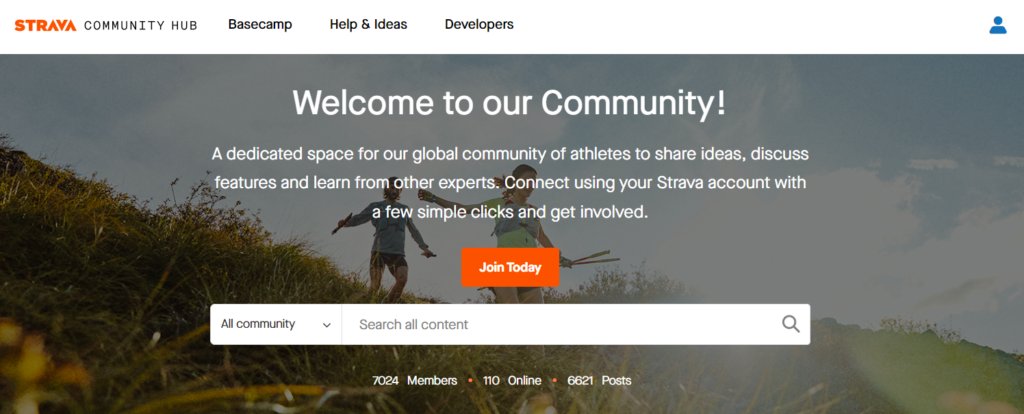
For example, the passionate Strava community naturally fosters engagement as its members are devoted to sports and share a common passion. Users who are enthusiastic about fitness find themselves immersed in an app environment filled with like-minded individuals.
9. Emotional Recovery and Service Recovery
It is important to acknowledge that not all situations can be anticipated, and there may be instances where businesses inadvertently make mistakes or fail to meet customer expectations. Despite the best intentions and efforts, unforeseen circumstances can arise, leading to frustration and dissatisfaction on the part of the customer.
To truly resolve the situation, businesses must go beyond functional solutions and acknowledge the emotional toll on the customer.
Effective service recovery is crucial for customer retention. It recognizes that customer experiences are not solely transactional but also deeply tied to the customer’s emotions.
To improve your recovery response, establish protocols for handling issues like refunds. This practice is especially important for businesses that mortgage refinance property, or other companies that deal with money and assets. Train teams to respond empathetically and go the extra mile.
The difference between proactive customer service and emotional service recovery is that the former anticipates needs, offers preemptive assistance, and aims to exceed expectations, and the latter addresses complaints, resolves issues, acknowledges emotions and restores trust.
Here are a few situations where you’d need to implement speedy emotional service recovery:
- Customer complaints on social media
- Negative reviews on third-party websites like Yelp
- Low scores on CSAT surveys and other metrics
- Unmet customer expectations on feedback forms
10. Continuous Employee Training and Development:
Your employees play a crucial role in delivering exceptional customer experiences.
Investing in continuous training and development programs can empower your frontline staff with the skills and knowledge they need to provide outstanding service.
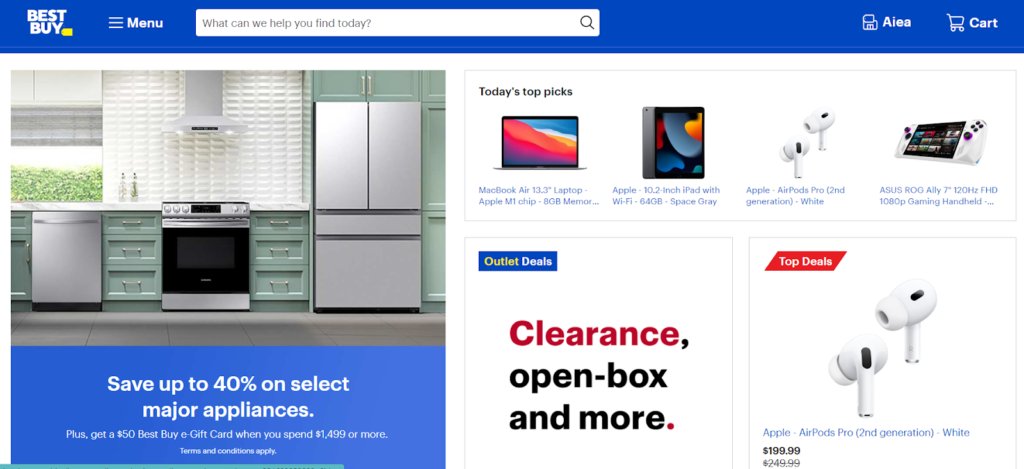
For instance, Best Buy faced challenges with employees adapting to a new point of sale (POS) system while customers complained about long checkout waits. Rather than dismissing it as a typical service issue, Best Buy implemented the employee research and an experience design method, an approach to understanding the employee’s wants, needs, and preferences.
They enhanced the system and implemented new technology that reduced POS training and transaction time. These changes not only decreased employee frustration and improved retention but also enhanced the overall customer experience.
Here’s what you can do to ensure your employees are well-trained and motivated to deliver memorable customer experiences:
- Regularly train employees on product, communication, and problem-solving.
- Foster a customer-centric culture emphasizing empathy and active listening.
- Provide resources such as online courses, workshops, and seminars for ongoing learning and development.
- Encourage mentoring, in-person or online coaching, and continuous feedback.
- Recognize and reward exceptional customer service.
- Keep employees updated on industry trends and customer preferences.
11. Customer Success Programs
Customer success in the context of B2B relationships is unique due to the complexity and long-term nature of customer engagement. Customer success programs drive retention by focusing on customer outcomes. Assign dedicated account managers or teams to provide tailored support.
Here are a few actionable tips to increase your CLV by leveraging customer success:
- Understand customers: Conduct research to know their goals and needs.
- Be proactive: Reach out before issues arise, and offer help and resources.
- Streamline support: Invest in efficient customer support solutions to optimize support operations.
- Communicate consistently: Schedule regular check-ins and provide updates.
- Share educational content: Offer valuable resources for customer success.
- Celebrate milestones: Recognize achievements and share success stories.
- Act on feedback: Seek input, analyze it, and make improvements.
- Be a problem-solving partner: Take ownership and provide prompt assistance.
- Foster a customer-centric culture: Train employees to prioritize customers.
- Show appreciation: Express gratitude through personalized gestures and incentives.
Hiver’s support team, for instance, provides personalized hand-held onboarding (for free) for all new users and is always on standby should any query be raised about the product.
That said, since it’s built inside Gmail, Hiver is really easy to use and comes with a negligible learning curve.
Take an interactive tour of Hiver
Unlocking Revenue Potential through CX Retention Strategies
Effective customer retention strategies reduce the need for costly customer acquisition costs, resulting in improved cost efficiency and profitability. Satisfied customers are more likely to become brand advocates, recommending the business to others and expanding its customer base. Implementing these strategies can help businesses carve out a competitive advantage, attract new customers, and retain existing ones.











